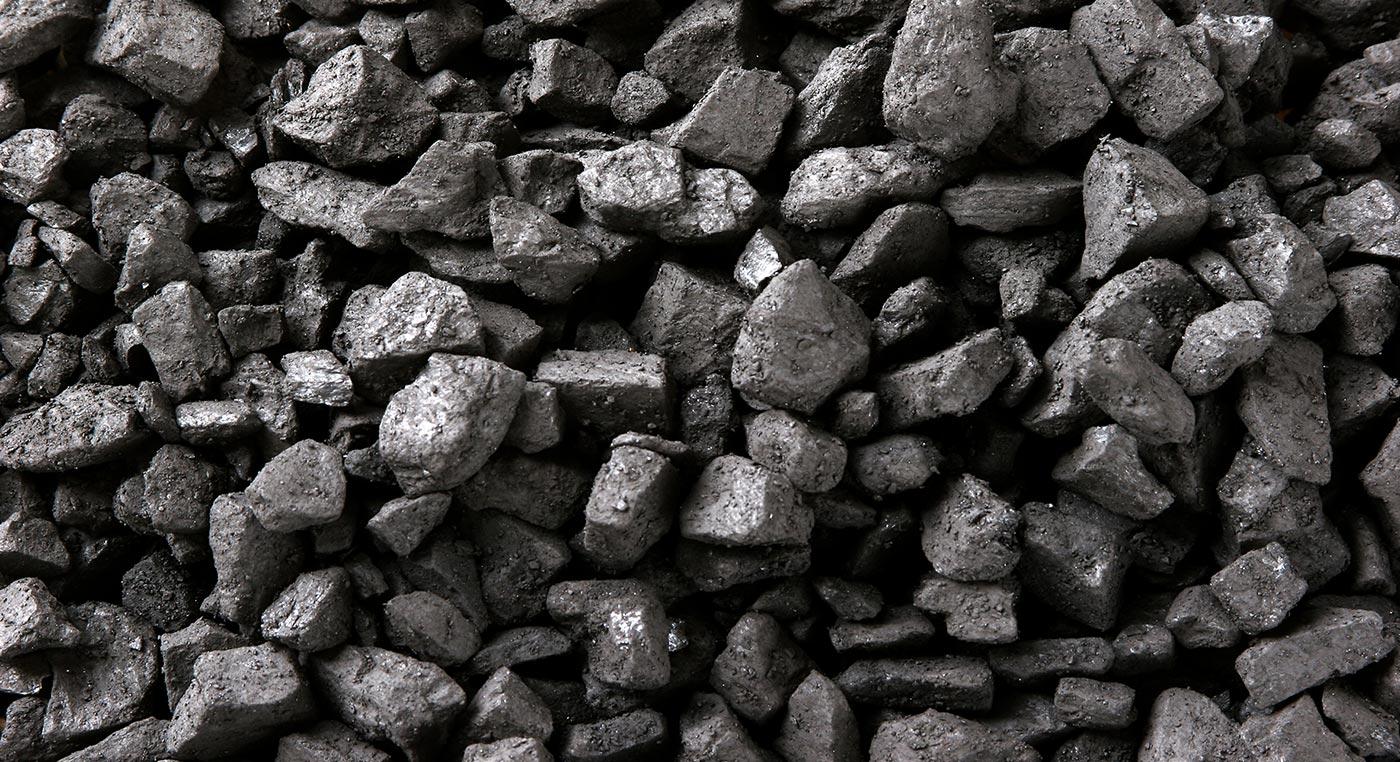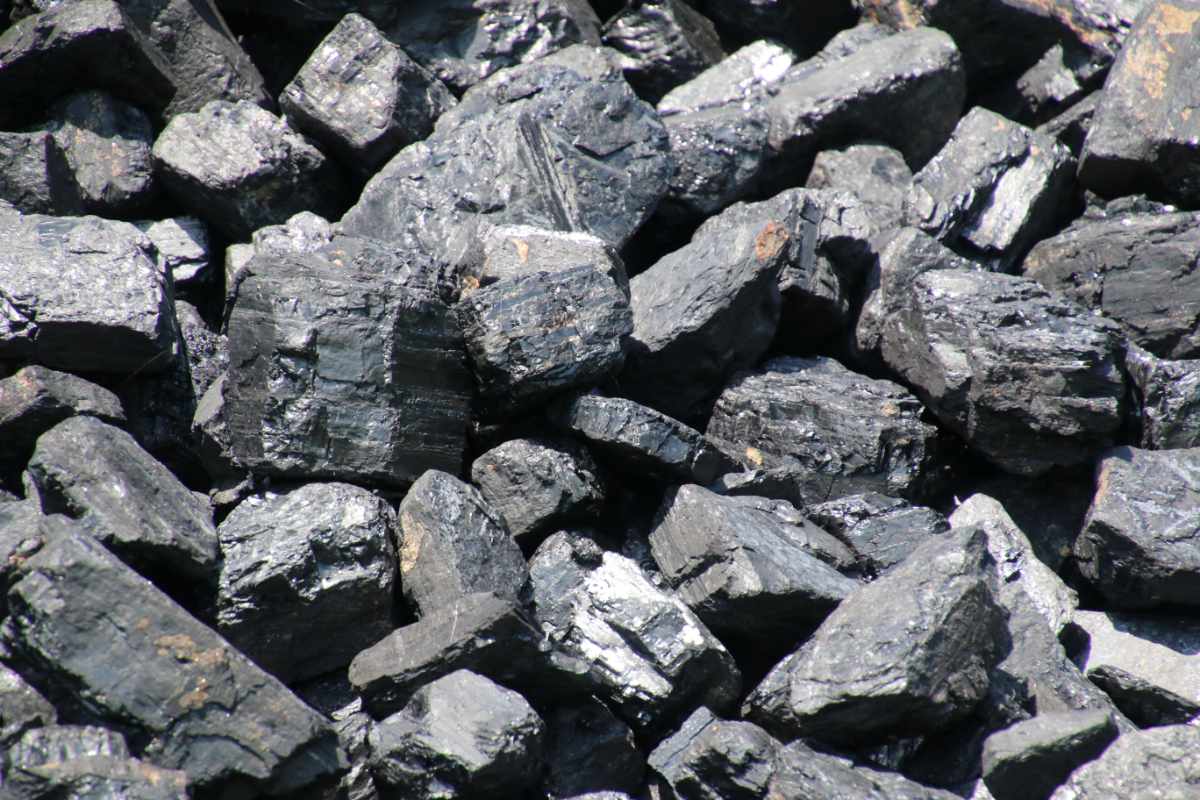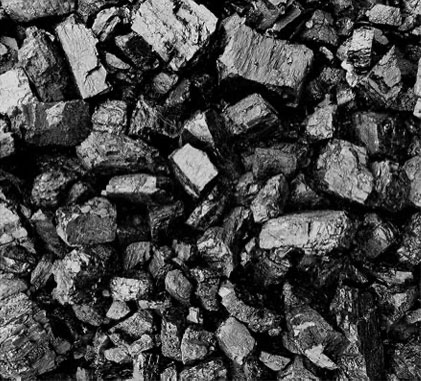Table of Contents
- Without supercontinent Pangea we would not have had our coal-powered ...
- Heritage Railway Association supports last gasp bid to save UK coal
- Starport Trading and Development Limited
- Another way to look at the fossil record? By examining coal.
- Wanna Send Someone a Lump of Coal for Christmas?
- Coal: Composition, Uses, Figures and Debates
- Oregon Senate passes historic bill to ban coal power | Inhabitat ...
- Coal: A Burning Rant – Potatoes and the Promise of More Potatoes
- Another way to look at the fossil record? By examining coal.
- The age of coal comes to an end in GB : coal

Coal, one of the most abundant fossil fuels in the world, has been a primary source of energy for centuries. However, its extraction, transportation, and combustion have significant environmental implications. The U.S. Energy Information Administration (EIA) provides valuable insights into the relationship between coal and the environment, shedding light on the challenges and opportunities associated with this energy resource. In this article, we will delve into the environmental aspects of coal, as highlighted by the EIA, and explore the ways in which the administration's data and analyses inform our understanding of coal's impact on the environment.


Environmental Impacts of Coal

The EIA emphasizes that coal combustion is a major contributor to greenhouse gas emissions, particularly carbon dioxide (CO2), which is a key driver of climate change. According to the EIA, the electric power sector, which relies heavily on coal, accounted for approximately 33% of total U.S. CO2 emissions from fossil fuel combustion in 2020. Furthermore, the extraction and transportation of coal can lead to environmental degradation, including deforestation, water pollution, and soil erosion.


Air Pollution

Burning coal releases a range of air pollutants, including sulfur dioxide (SO2), nitrogen oxides (NOx), and particulate matter (PM), which can have serious health and environmental consequences. The EIA notes that the Clean Air Act and other regulations have led to significant reductions in these emissions over the past few decades. However, coal-fired power plants remain a major source of air pollution, and continued efforts are needed to mitigate these impacts.

Water Pollution
Coal mining and combustion can also contaminate water sources, posing risks to both human health and aquatic ecosystems. The EIA highlights the importance of proper waste disposal and treatment in preventing water pollution from coal-related activities. Additionally, the administration's data show that the coal industry is working to reduce its water footprint, with many plants implementing water-saving technologies and practices.

EIA's Role in Informing Environmental Policy
The EIA plays a critical role in providing data and analysis to inform environmental policy and decision-making. By tracking trends in coal production, consumption, and trade, the administration helps policymakers and industry stakeholders understand the complexities of the coal market and its environmental implications. The EIA's research and reports also identify opportunities for reducing the environmental impacts of coal, such as increasing energy efficiency and promoting the use of cleaner coal technologies.

Renewable Energy and the Future of Coal
As the world transitions towards a low-carbon economy, the role of coal in the energy mix is evolving. The EIA forecasts that renewable energy sources, such as wind and solar power, will continue to grow in importance, while coal's share of the energy market declines. However, the administration also notes that coal will likely remain a significant source of energy for the foreseeable future, emphasizing the need for continued innovation and investment in cleaner coal technologies and environmental mitigation strategies.
In conclusion, the U.S. Energy Information Administration provides essential insights into the complex relationship between coal and the environment. By examining the EIA's data and analysis, we can better understand the challenges and opportunities associated with coal and work towards a more sustainable energy future. As the world continues to navigate the transition to a low-carbon economy, the EIA's research and reports will remain a vital resource for policymakers, industry stakeholders, and the public alike.
For more information on coal and the environment, visit the U.S. Energy Information Administration's website at https://www.eia.gov/. Stay up-to-date on the latest energy news and trends, and explore the EIA's comprehensive range of data, analysis, and reports on coal and other energy topics.